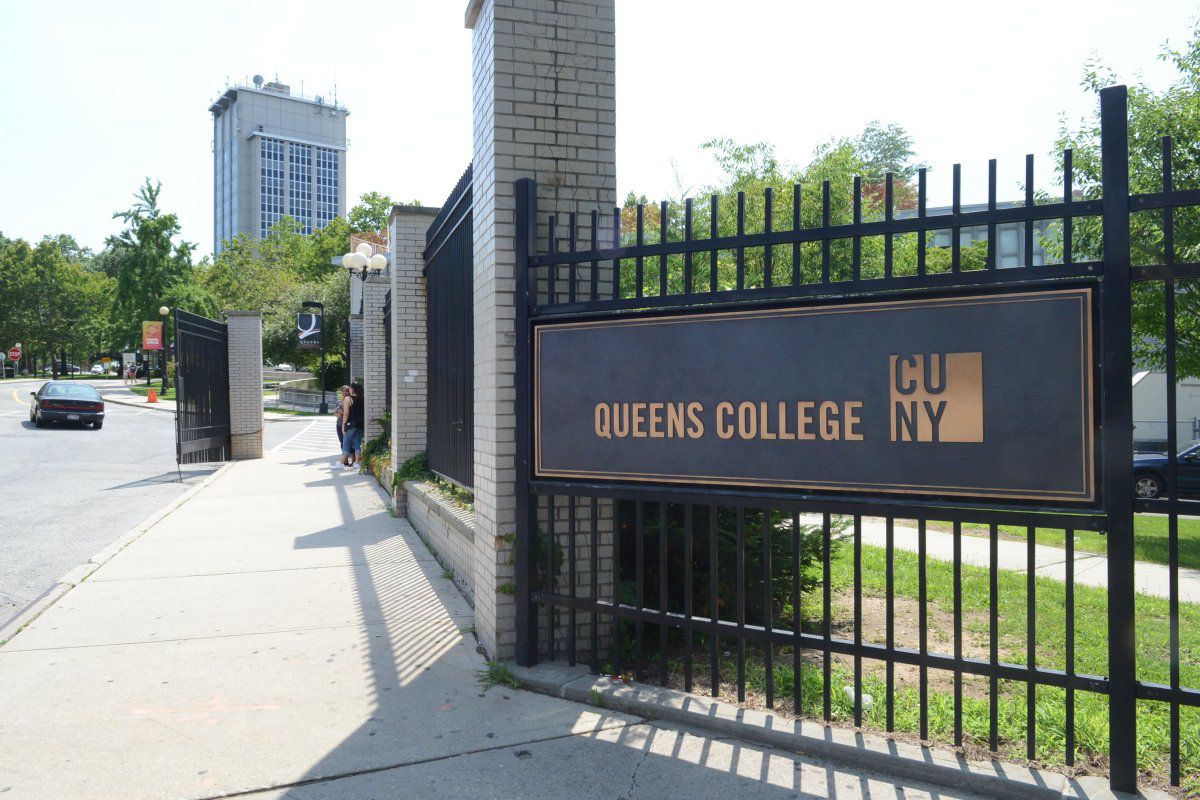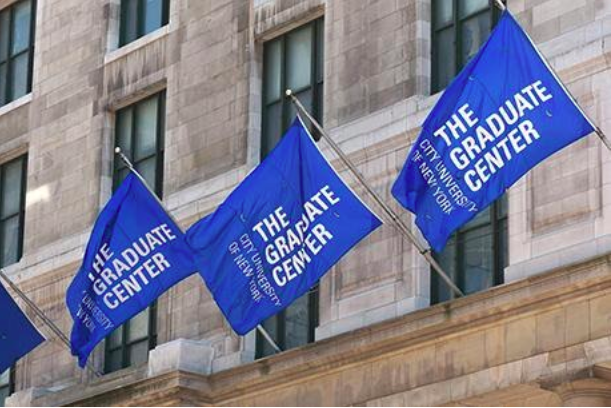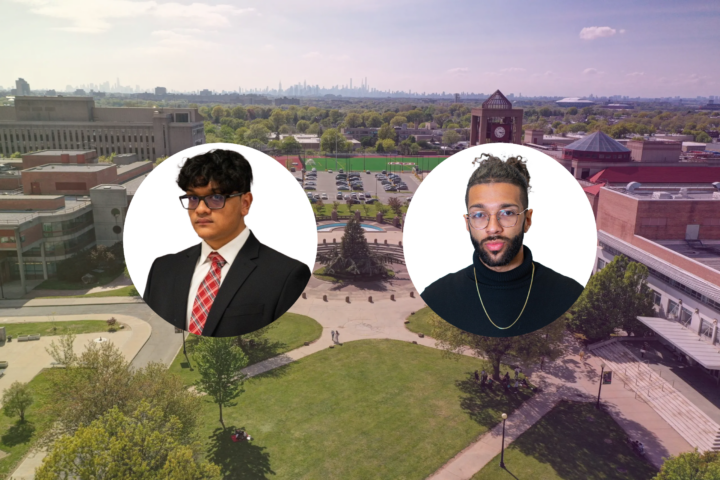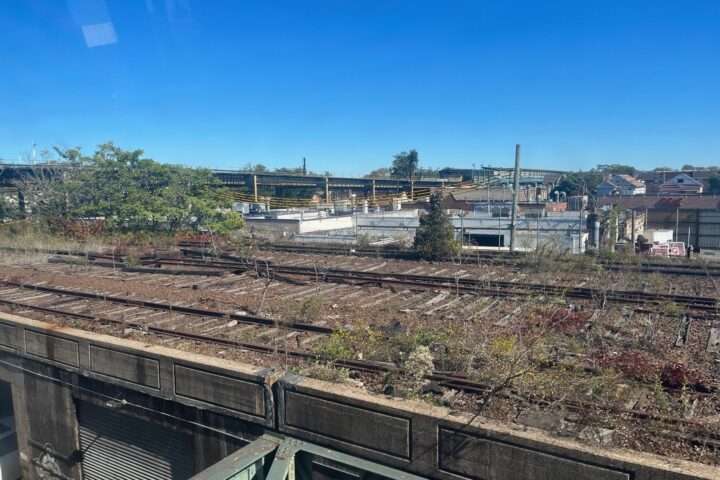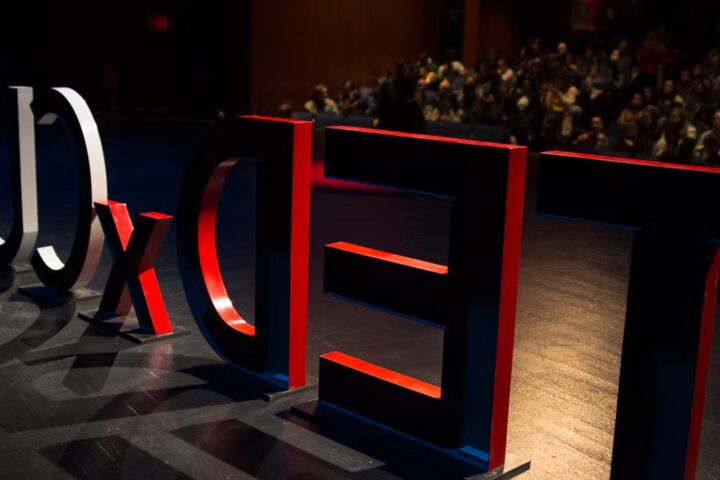As part of Queens College’s Year of Brazil initiative, Projeto Morrinho has come to Queens College to build a favela — a model of the QC community — in front of the Science Building.
The elaborate project is funded by the Brazilian Ministry of Culture and will continue until September 19.
Morrinho — translated from Portuguese to English — literally means little hill and a favela is an urban community that is squatted on by people who are desperately seeking shelter. It is the equivalent of what is known as a slum.
The building of favelas, which initially began as a way to pass the time, has grown to be a popular way for Brazilian natives living in violent cities to transcend their destructive realities and re-imagine their neighborhoods as they see fit.
The miniature favela is a handmade model of a community made out of cement, soil, paint, tiles, bricks and Lego blocks.
“They use what they have; they had no money,” Cilian Olivera, the founder of Projeto Morrinho said.
At age 14, Olivera and his brother Michael would start to build favelas in their backyard with leftover supplies they collected from their father, who worked in construction. They lived in the dangerous city of Rio de Janeiro and couldn’t play in the streets because of the constant shootings that would take place.
“Almost every day police went there shooting; we couldn’t play in the community,” Olivera said.
Projeto Morrinho endeavors to counter the negative perception of favelas portrayed in the media, which usually involve violence, drugs and trafficking and to bring positive changes to the community. They aim to do this by not only building a favela themselves, but by participating in a role-playing game within the favela and by documenting the process on video.
“There are over 500 hours of history recorded,” filmmaker and producer for Morrinho TV, Francisco Serra said.
The documentaries were age from when Olivera and Raniere Dias—co-founder of Projeto Morrinho — were children, building favelas, to present day. Several short films as well as invitations from major world cities have set the stage for Projeto Morrinho to develop Morrinho TV, a video component of their work.
Projeto Morrinho has become widely acclaimed for their filmmaking and have been recognized by Nickelodeon Brazil, The Museum of Modern Art, The Utrecht National American Film Festival and are well known in Brazil and Latin America.
Watching the videos of the role-playing game is similar to watching a puppet show: only the hands of people moving Lego constructions of others from place to place are visible with voice-overs added to the video.
John Collins, associate professor of anthropology, is responsible for getting Projeto Morrinho on campus. He likens the role-playing to the Sims game, except the favelas are made with brick and mortar and is not a video or computer game.
Collins encourages students to get involved with the project to experience what he calls, “a collaboration between two hemispheres.” All volunteers are welcome to help build the miniature favela of QC when they are free.
Junior Christina Borja has committed 10 hours a week to help build the favela.
“I want the chance to work on a project that reaches everyone,” Borja said.
Sisi Ribeiro, senior and international student from Brazil, also jumped at the opportunity to be a part of the favela construction. She has taken on a lead role as a coordinator of the project, contacting students, promoting events and translating and intervening between Collins and students. With it being her last year at QC and being that she is Brazilian, she felt obligated to assist with the event in any way possible.
“I want to show the community of QC that there is more to Brazil than carnival and samba,” Ribeiro said. “These are not just blocks; there is a lot of thought and time that goes into it. . . I want people to be interested in something more than the little space were in.”







